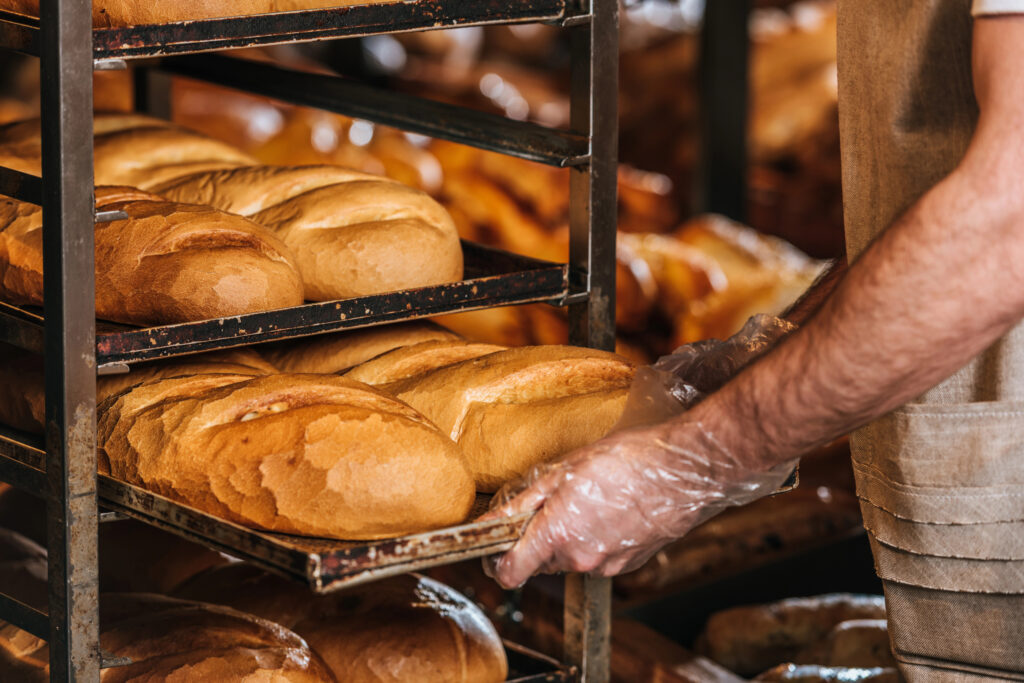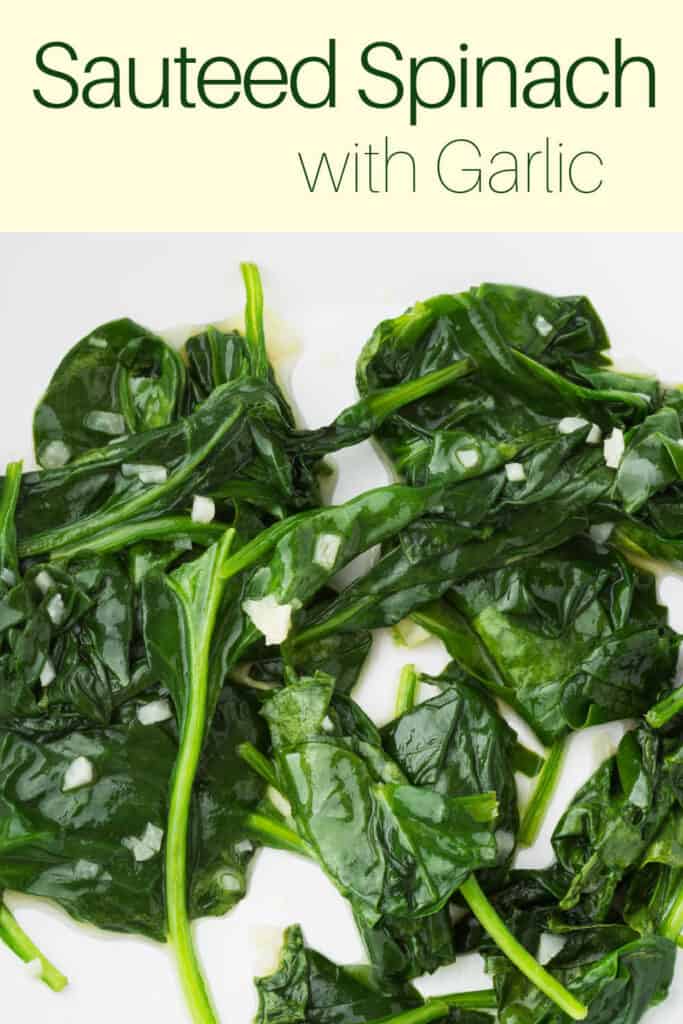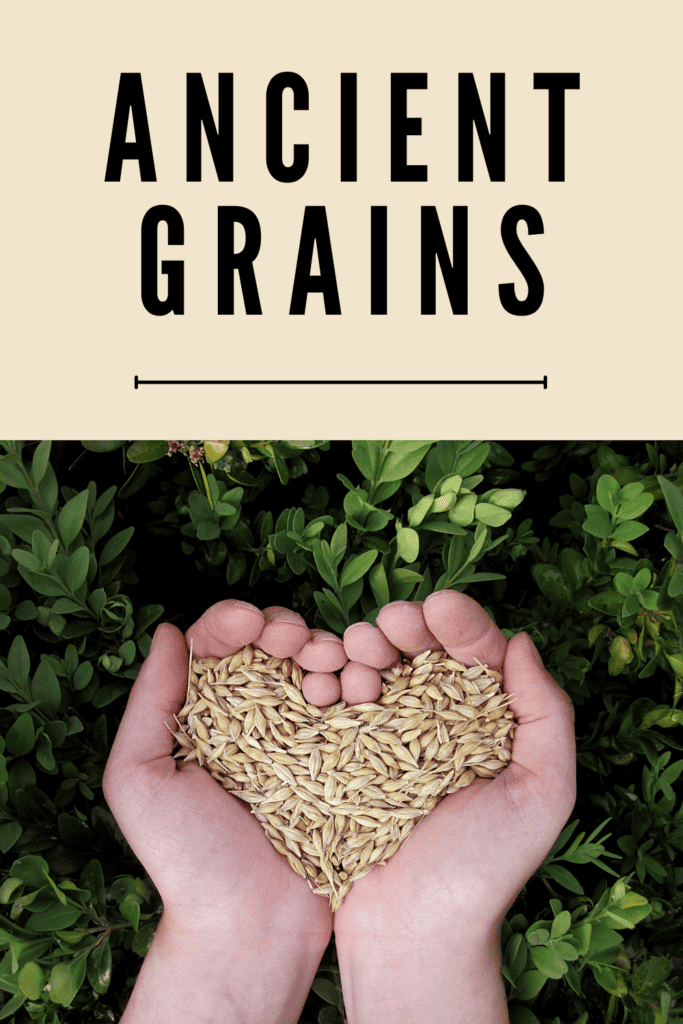French pastries have a storied history that dates back centuries. Initially, ancient civilizations such as the Romans introduced leavened bread, significantly influencing early French baking traditions. Over time, these basic forms evolved, with the Renaissance period marking a substantial transformation in French confectionery. Italian chefs who brought sophisticated pastry techniques to France during the 16th century profoundly influenced the French culinary arts. Many of today’s classic French pastries, like croissants and éclairs, were once exclusive treats enjoyed in royal courts, reflecting the sophistication and elegance of that era. This rich history is preserved and celebrated in modern French patisseries, making these pastries global icons of culinary art. Walking into a California bakery, one cannot help but notice the perfect blend of history and artistry in these delectable treats that continue to captivate palates worldwide.
The Unique World of Korean Pastries
While not as universally recognized as their French counterparts, Korean pastries offer unique flavors and textures deeply rooted in cultural traditions. Influenced by “tteok,” traditional rice cakes, Korean pastries have evolved to incorporate both ancient ingredients and modern baking techniques. These pastries frequently include red bean paste, rice flour, sweet potatoes, and chestnuts, contributing to their distinctive taste and texture. While French pastries often emphasize richness, Korean pastries typically boast lighter, more balanced flavors. The influence of Buddhism and Confucianism in Korea has also shaped eating habits and food preparation methods, including the creation of pastries. Modern bakeries in Korea and abroad continue to innovate, creating a variety of pastries that intrigue both locals and adventurous food enthusiasts around the globe.
Key Ingredients That Define Each Cuisine
The ingredients used in French and Korean pastries are essential in defining their unique tastes and textures. French pastries often boast rich elements such as high-quality butter, cream, and sugar. These ingredients create a decadent and satisfying experience, characteristic of French confectionery’s commitment to indulgence and flavor. For example, the buttery dough must be meticulously folded and rolled numerous times to achieve the delicate and intricate layers in a croissant. This process, known as laminating, gives croissants their signature flakiness. Conversely, Korean pastries prioritize ingredients like rice flour, red beans, honey, and various seeds, offering lighter and subtly flavored treats. Korean pastries often focus on harmony and balance, providing a different yet equally delightful culinary experience.
Must-Try French Pastries
- Croissant: Perhaps the most iconic French pastry is known for its flaky layers and rich, buttery taste. Each bite is a testament to the skill and patience required in French baking techniques. Perfect for breakfast or an indulgent snack, croissants are often enjoyed with a cup of coffee or tea, representing the essence of a leisurely French morning.
- Éclair: This choux pastry is filled with rich cream and topped with glossy chocolate glaze, creating a visually appealing and satisfying dessert. Éclairs have been a favorite for ages, often served as a luxury dessert in French cuisine and a staple in many patisseries. The chocolate glaze perfectly reinforces the creamy interior, making it a well-rounded dessert experience.
- Macarons: These delicate almond meringue cookies are filled with ganache or buttercream, offering flavor with each bite. Macarons are delicious and elegant, often found in pastel hues and various flavors. They symbolize the artistry and precision of French pastry making, appealing to both the eye and the palate. Each macaron requires precise measurements and technique, making it a true labor of love.
Must-Try Korean Pastries
- Hotteok: These sweet pancakes are filled with a mixture of brown sugar, honey, peanuts, and cinnamon, offering a warm and comforting treat. Hotteok is particularly popular as street food in Korea during the colder months, providing a satisfying snack that warms both the body and soul. The crispy exterior and the gooey, sweet interior make it a perfect winter treat.
- Tteok (Rice Cake): A diverse category of rice cakes that can be sweet or savory, tteok plays a significant role in Korean celebrations and rituals. From chewy to sticky, the textures and flavors of tteok vary widely, making them a versatile and intriguing part of Korean cuisine. Popular varieties include “Baekseolgi,” a white rice cake often used in celebrations, and “Songpyeon,” half-moon-shaped rice cakes filled with sweet fillings, traditionally made for the Korean harvest festival.
- Red Bean Buns: Soft buns filled with sweet red bean paste are a staple in Korean bakeries. The subtly sweet flavor of the red bean paste pairs perfectly with the soft, fluffy bun, making it a delightful accompaniment to tea or coffee. Red bean buns are enjoyed not just as snacks but also as a component of a balanced breakfast or a light meal.
Versatility for Various Occasions
Both French and Korean pastries exhibit incredible versatility, making them suitable for various settings and occasions. Whether hosting a sophisticated tea party with French pastries such as macarons and éclairs, or offering Korean confections like hotteok and tteok at a cultural event, there’s a pastry for every occasion. French pastries often shine in formal settings, adding a touch of elegance and refinement to any event. On the other hand, Korean pastries are equally at home in everyday casual settings and special traditional celebrations. These pastries can act as luxurious desserts, delightful snacks, or even the main feature of a celebratory meal, enhancing the overall experience of any event. Their diversity in taste and presentation makes them suitable for various occasions, from intimate gatherings to grand celebrations.
How to Incorporate These Pastries into Your Diet
Integrating these delicious pastries into your diet can be enjoyable and mindful of overall health. Moderation and balance are key when indulging in these delightful treats. Enjoy a French croissant for breakfast paired with a piece of fruit or a savory option like scrambled eggs to balance the richness. Korean rice cakes often incorporate healthy ingredients like grains and seeds and can make a nutritious afternoon snack. Both cuisines offer lighter pastry options that can be enjoyed guilt-free, whether as a treat for oneself or shared with others. By balancing these treats with nutritious meals and maintaining portion control, you can savor the unique flavors of these pastries without compromising your diet or overall well-being. Enjoying pastries as part of a balanced diet allows you to appreciate their artistry and flavor while staying healthy. Additionally, selecting pastries with natural ingredients and less refined sugar can further enhance the nutritional benefits.





